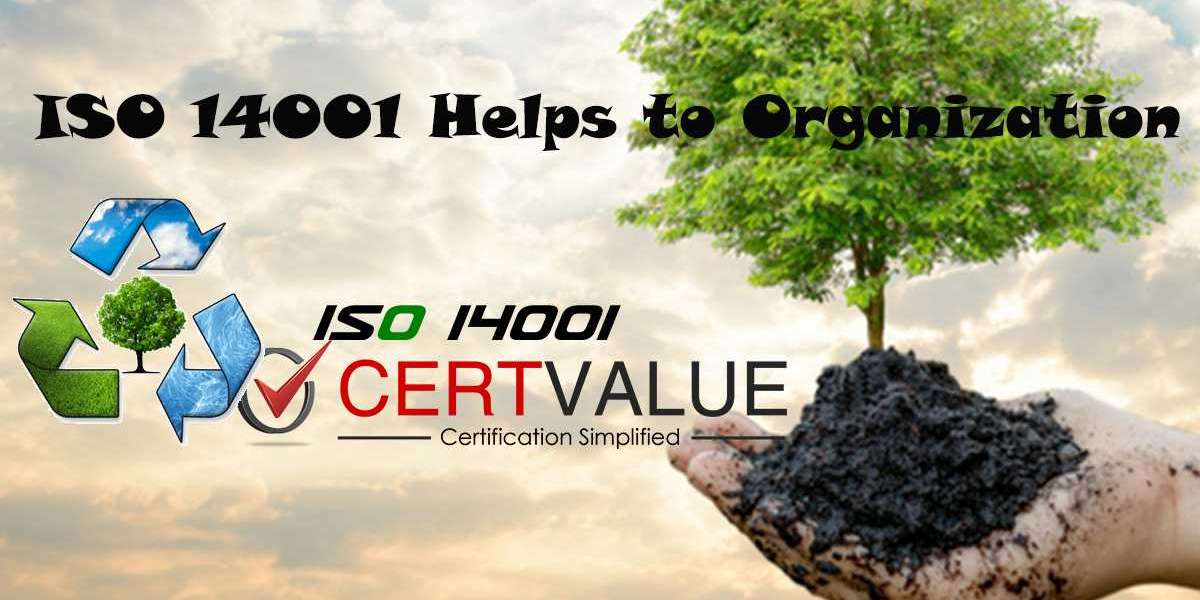Wave soldering processing is a method to assemble electronics components onto printed circuit boards. The board passes through a pot of molten solder via an inclined conveyor belt, in the oven, the pump produces standing waves of molten solder. When the PCB board is in contact with the wave, the parts will be soldered to the board, creating the mechanically and electrically reliable joints. The wave soldering process is primarily used for through-hole components assembly, but can also be used for surface mounting somewhere.Get more news about Wave Soldering,you can vist our website!
The wave soldering machine consists of a heated solder pot, keeping it at the temperature required for the soldering. Inside the tank, a wave of solder is placed and the printed circuit board passes over it so that the bottom surface of the board just contacts the solder wave.
Note to adjust the height of the wave so that it does not flow through the top surface of the board, as this can cause the solder to enter unwanted locations.
The boards are usually fixed on a salver on the conveyor, which is able to withstand the temperatures and it will not be soldered.
Wave soldering machines used in electronics factories are typically bimodal or electromagnetic pump wave soldering machines, the brands include SEHO (DE), Soltect (US), ERSA (DE), Jingtuo(CN), Suneast (CN), and so on. In PS Electronics, the machines of Soltect and Jingtuo are under employing.
In order to ensure that the area to be soldered is clean and free from oxidation, etc., flux is required. There are two types of fluxes, corrosive and non-corrosive. Non-corrosive fluxes require pre-cleaning and are used when low acidity is required. Corrosive fluxes are fast, require little pre-cleaning, but have high acidity.
The flux is applied to one side of the board to be soldered, that is, the bottom side. Careful control of the amount of flux is required, too little flux, there is a high risk of poor joints, too much flux, and flux might remain on the board.
1. Spray flux. A fine mist of flux is sprayed onto the underside of the board that is to be soldered. Some systems may even use a compressed air jet to remove the excess flux.
- Foam flux. The electronic printed circuit board is passed over a cascading head of flux foam. This is generated using a tank of flux into which a plastic cylinder with tiny holes is immersed. The plastic cylinder is covered with a metal chimney and the air is forced through the cylinder. This causes flux foam to rise up the chimney.



